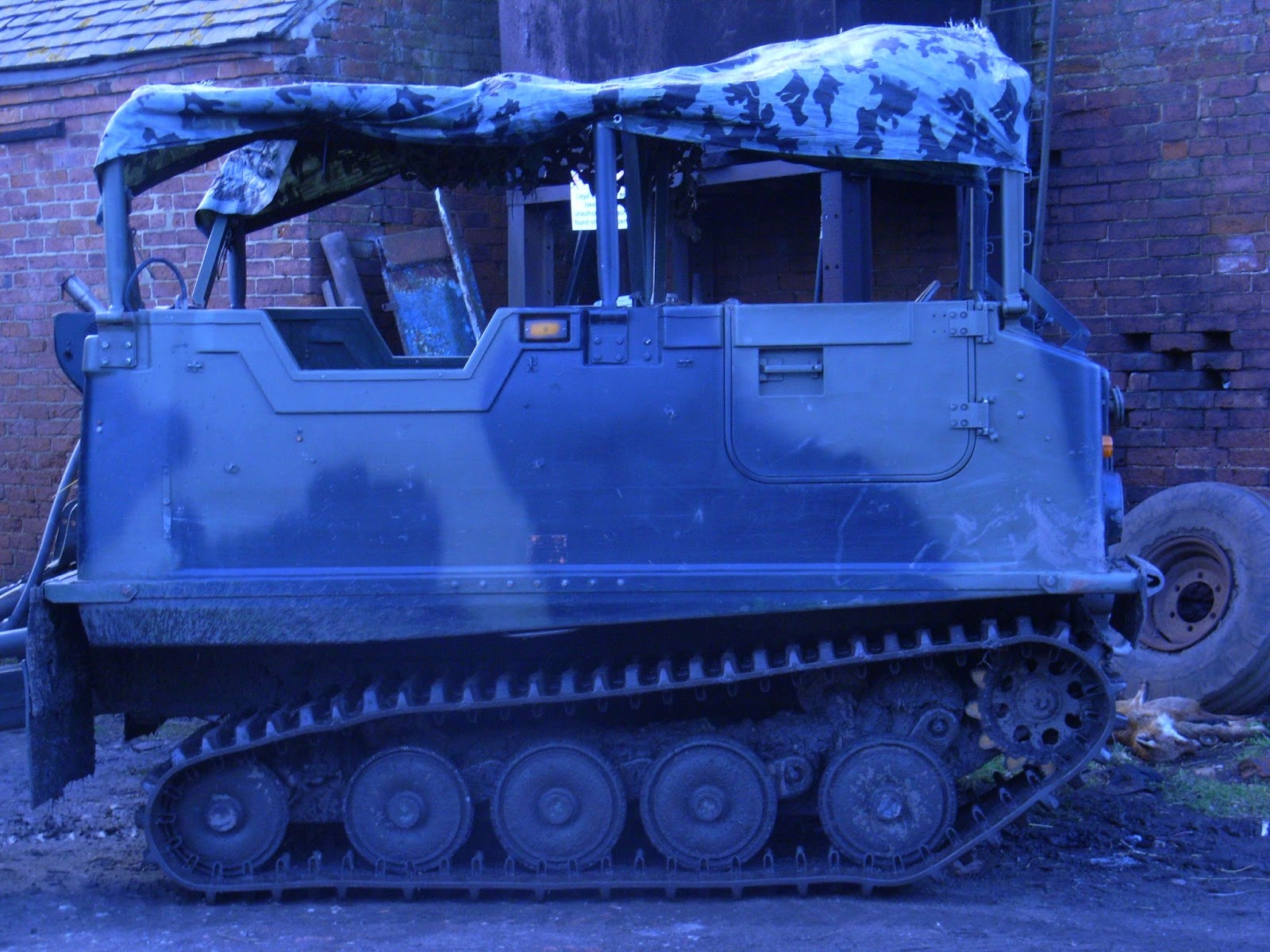Week 6&7
In this post I will show you how I did my UV unwrap and some High Poly backing.
After I finished modelling my model, it was time to start unwrapping my UV.

To do that, first I applied a checker box texture over my model, because that way I would be able to see where the texture is stretched. After that I selected all the faces on the part I want to UV and using Planer Mapping, I unwrap it and scale it down to the right size. The size of your UV depends on where it's facing. For example, on the image above, you can see how I have scaled the rooftop and the main body to have a higher resolution that the wheels, because it's a bigger surface and you would be able to see more details on it. I used the same technique for everything else. However, for the parts that were duplicated, I unwrapped the UV's for one, deleted the rest and duplicated the unwrapped part. I will as an example the wheels, because you can see it more clearly. By using this technique, I also save a lot of UV space, because all the UV's for the wheels are overlapped. The same is with the other duplicating parts.

On the image above you can see, how my UV's are laid out. All the dark blue and purple UV's are duplicated. After I did that I took a UV snapshot, which I saved as a Targa file and uploaded in Photoshop, so I could start working on my texture.
If you want to make an Ambiet Occlusion bake of your model, you would need to clear out all the duplicating UV's and leave only one of them, because your AO bake will not work with duplicated UV's.
After I unwrapped the UV's for my model, what I did next was to make a high poly models of parts that I needed, so I could bake a Normal Map from them and get more details.
First, I did the high poly for the wheels. Modelling is pretty straight forward, only difference is that you don't need to worry yourself with poly limits. After I was finished with modelling of the wheel and baked the normal map for it using Transfer Maps, I wasn't very happy with it, because of the edges (you can see on the image above), so I when back into Maya and deleted some geometry and this was the result I got:
After that I baked the wheel again and this time it looked a lot better and smoother.
I did high poly models for the tracks, doors, panels, hinges, radiator, ect.
For all of them I used the same technique's and where I had problems with the cylinders after I baked them, I used the same solution as I did with the wheels.
 So I started allover again and changed it to a more basic one. The result was much better that what I had before and you can see on the images below.
So I started allover again and changed it to a more basic one. The result was much better that what I had before and you can see on the images below. 















































